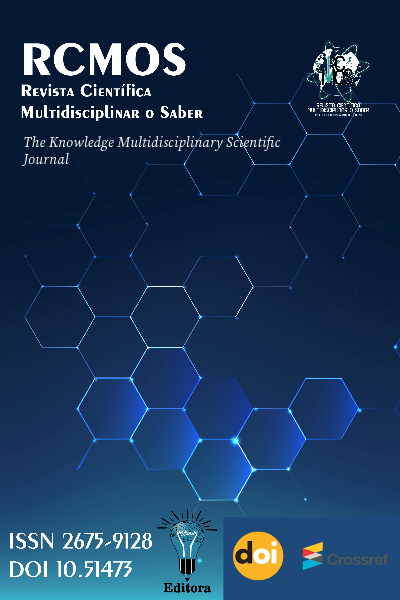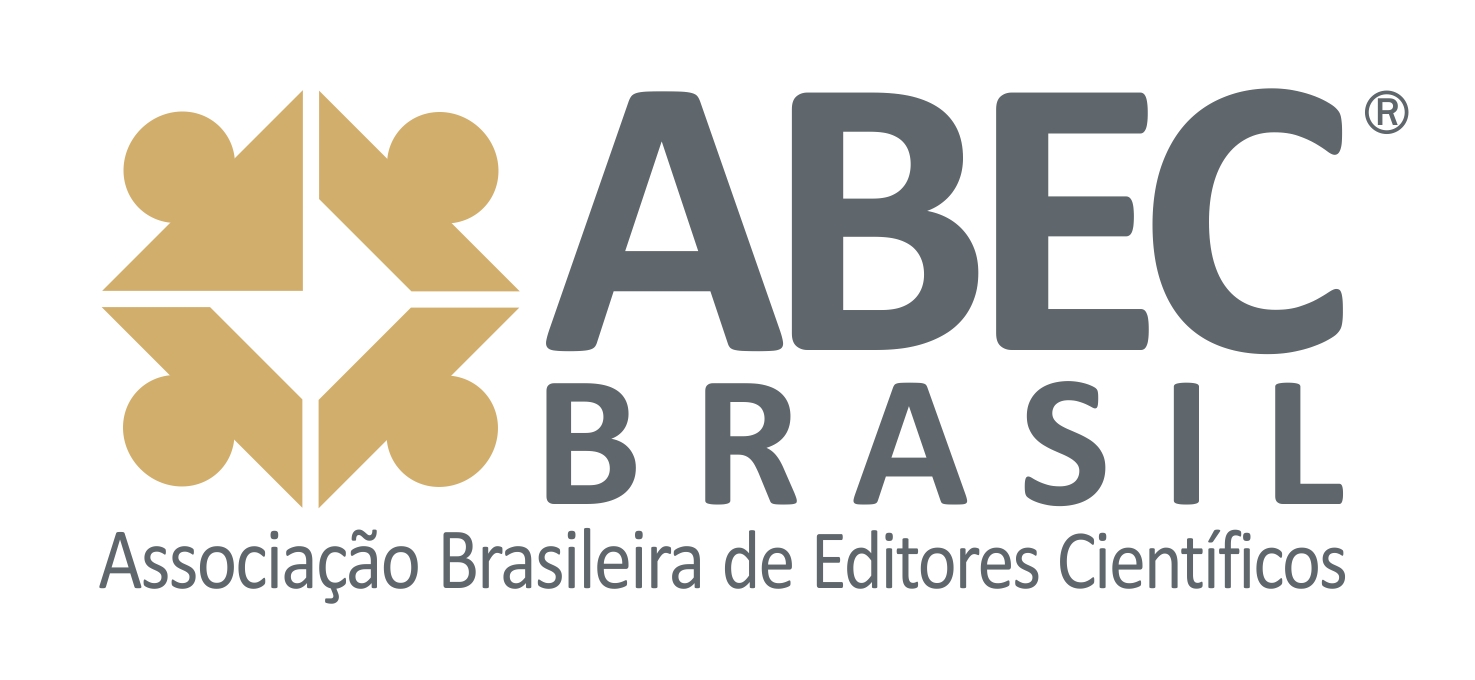Process Integration and Industrial Automation in Chemical Plants: Impacts onProductivity
Process Integration and Industrial Automation in Chemical Plants: Impacts onProductivity
DOI:
https://doi.org/10.51473/rcmos.v2i2.2022.1349Keywords:
Industrial automation; Process integration; Chemical plants; Digital twins; Productivity.Abstract
This article analyzes process integration and industrial automation in chemical plants as key factors in increasing productivity and competitiveness in an increasingly challenging global market. The research discusses the use of emerging technologies such as digital twins, the Internet of Things (IoT), and advanced control systems, evaluating how these resources can be applied to optimize operations, reduce costs, minimize failures, and increase production sustainability. The literature shows that, in a sector characterized by high technical complexity and regulatory rigor, the integration of automation and chemical processes is crucial to maintaining quality, safety, and efficiency standards. Furthermore, practical cases are presented that demonstrate productivity gains when industries adopt digital solutions and predictive monitoring systems. The article argues that the future of chemical engineering depends on the consolidation of strategies that combine science, technology, and management, creating smart chemical plants capable of responding in real time to market demands and sustainability pressures.
Downloads
References
ABIQUIM – ASSOCIAÇÃO BRASILEIRA DA INDÚSTRIA QUÍMICA. Relatório de atividades 2019. São Paulo: ABIQUIM, 2019.
BARNEY, J. Firm resources and sustained competitive advantage. Journal of Management, v. 17, n. 1, p. 99-120, 1991. DOI: https://doi.org/10.1177/014920639101700108
BRASKEM. Relatório de sustentabilidade 2020. São Paulo: Braskem, 2020.
BRYNJOLFSSON, E.; MCAFEE, A. Machine, platform, crowd: harnessing our digital future. New York: W.W. Norton & Company, 2017.
DOUGLAS, J. M. Conceptual design of chemical processes. New York: McGraw-Hill, 1988.
DORNELAS, J. C. A. Empreendedorismo: transformando ideias em negócios. 6. ed. Rio de Janeiro: Elsevier, 2018.
ETZKOWITZ, H.; LEYDESDORFF, L. The dynamics of innovation: from national systems and “Mode 2” to a triple helix of university-industry-government relations. Research Policy, v. 29, n. 2, p. 109-123, 2000. DOI: https://doi.org/10.1016/S0048-7333(99)00055-4
HOLLNAGEL, E. Resilience engineering in practice: a guidebook. Aldershot: Ashgate, 2011.
INTERNATIONAL FEDERATION OF ROBOTICS. World robotics report 2019. Frankfurt: IFR, 2019.
KAPLAN, R. S.; MIKES, A. Managing risks: a new framework. Harvard Business Review, v. 90, n. 6, p. 48-60, 2012.
LEE, J.; BAGHERI, B.; KAO, H. A. A cyber-physical systems architecture for industry 4.0-based manufacturing systems. Manufacturing Letters, v. 3, p. 18-23, 2015. DOI: https://doi.org/10.1016/j.mfglet.2014.12.001
LUYBEN, W. L. Process modeling, simulation and control for chemical engineers. 2. ed. New York: McGraw-Hill, 2012.
MAYER-SCHÖNBERGER, V.; CUKIER, K. Big data: a revolution that will transform how we live, work, and think. London: John Murray, 2013.
PETROBRAS. Relatório de gestão e inovação 2019. Rio de Janeiro: Petrobras, 2019.
QIN, S. J.; BADGWELL, T. A. A survey of industrial model predictive control technology. Control Engineering Practice, v. 11, n. 7, p. 733-764, 2003. DOI: https://doi.org/10.1016/S0967-0661(02)00186-7
ROSEN, R. et al. About the importance of autonomy and digital twins for the future of manufacturing. IFAC-PapersOnLine, v. 48, n. 3, p. 567-572, 2015. DOI: https://doi.org/10.1016/j.ifacol.2015.06.141
STEPHANOPOULOS, G. Chemical process control: an introduction to theory and practice. Upper Saddle River: Prentice Hall, 1993.
UK CHEMICAL INDUSTRIES ASSOCIATION. Chemical industry report 2019. London: CIA, 2019.
YARA BRASIL. Relatório de sustentabilidade 2019. Porto Alegre: Yara Brasil, 2019.
Downloads
Additional Files
Published
Issue
Section
Categories
License
Copyright (c) 2022 Wilson Quelho Kaiser Saliba (Autor)

This work is licensed under a Creative Commons Attribution 4.0 International License.
















